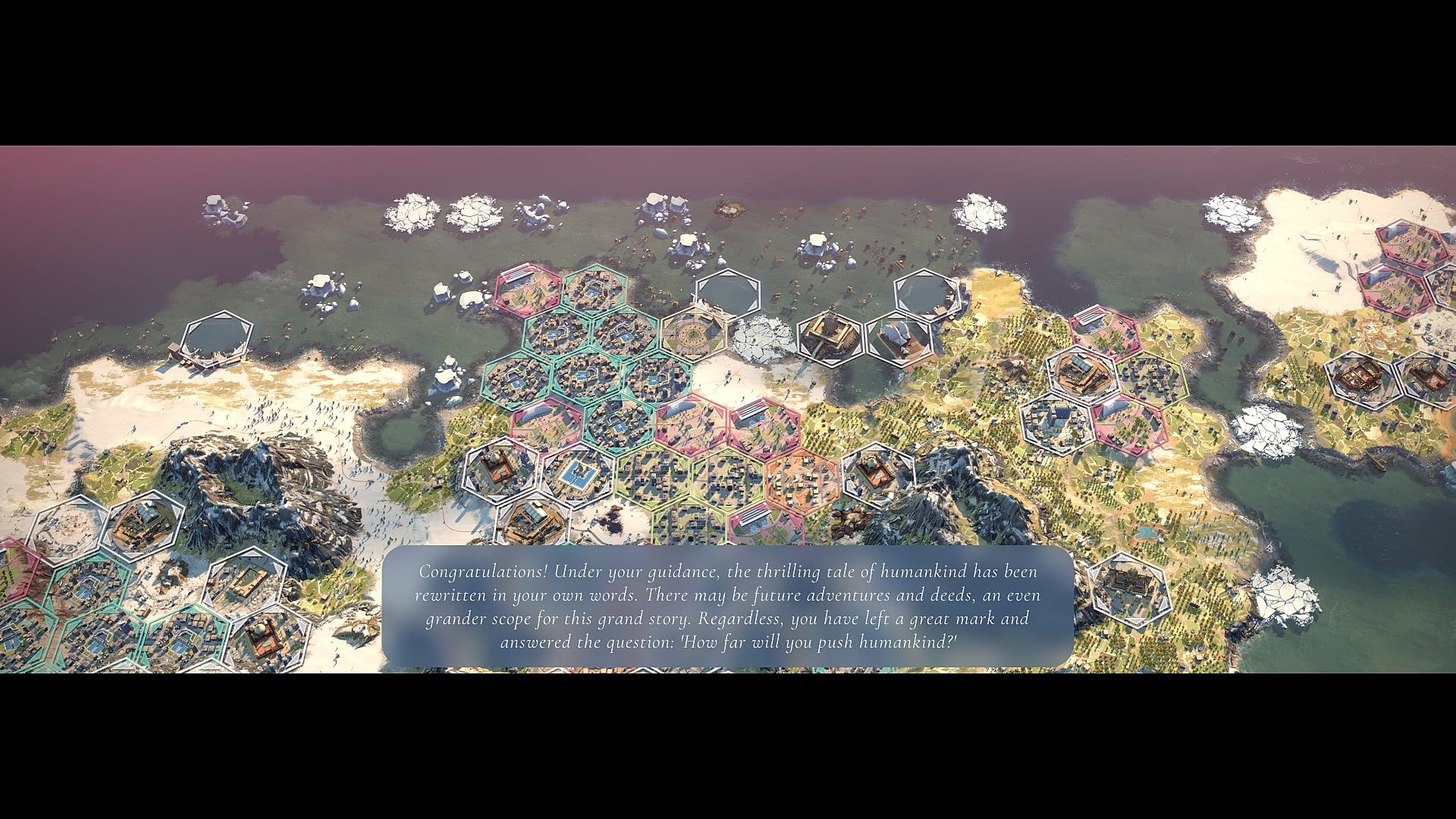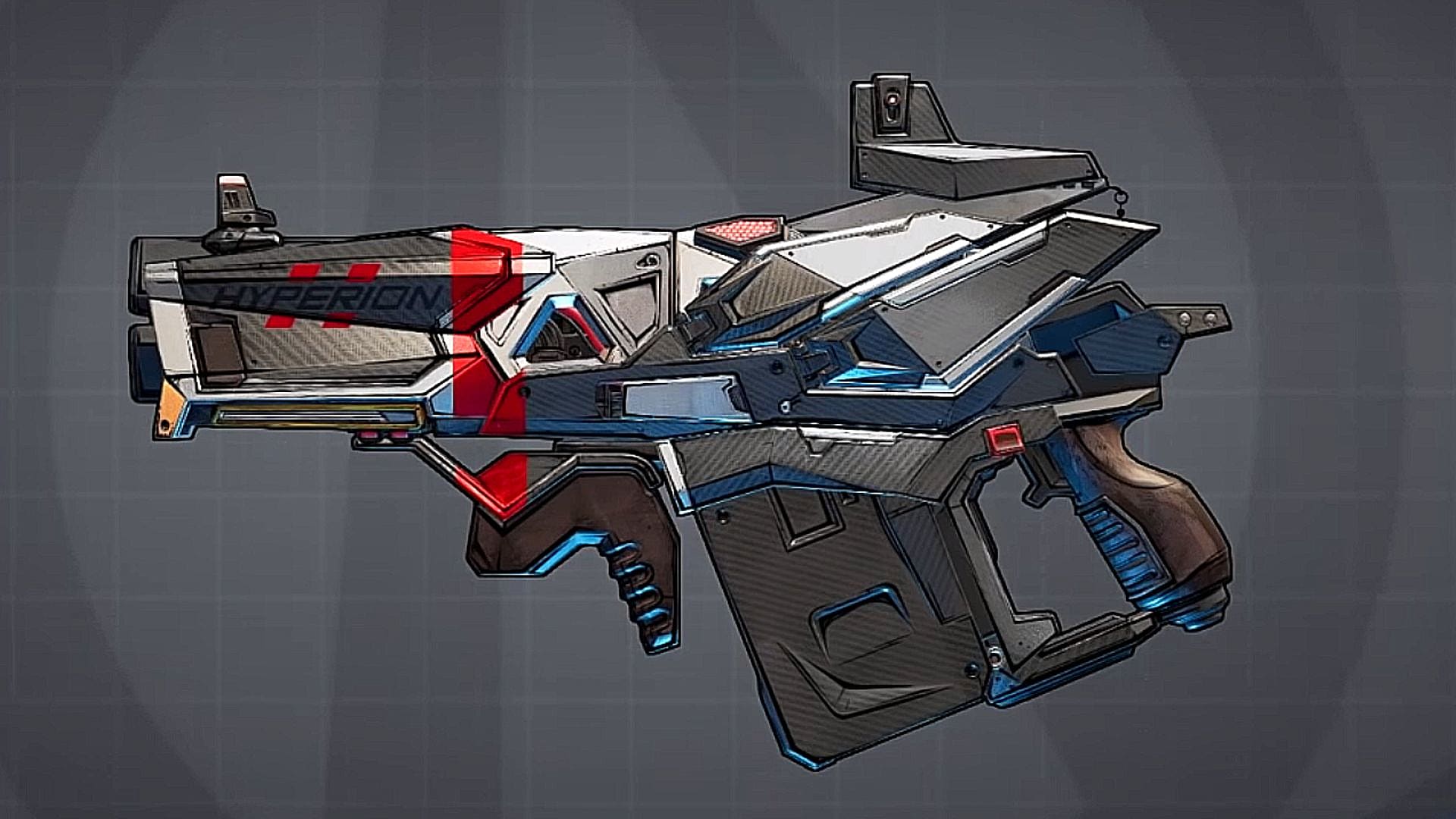
This is a humiliating lesson, and it goes on to form the entire narrative theme. The kind of control a shooter offers, SUPERHOT says, is an illusion. “YOU ARE NOT IN CONTROL” flashes across the screen.Īs effortlessly powerful as the player may be within the confines of the shooter, they have no real agency outside of it. The player, having thought themselves the master of the game, suddenly finds their relationship to the program reversed. The screen flashes instructions in big, bolded letters when a command has been followed. In one of these sections, an omnipotent force requires the player to perform simple tasks. These sequences foreshadow later levels, when launching the superhot.exe program forces the player into a “tutorial mode,” rather than yet another combat level. As in Kyle Seeley’s Emily Is Away (2015), the player types nonsense on their keyboard, which automatically translates into prosaic responses.

While moving through an MS-DOS style menu, chat messages pop up from one of the unseen protagonist’s friends.
MARK OF THE NINJA REMASTERED AGE RATING SOFTWARE
In between levels, the gunfights are revealed to be software running on an in-game computer.

The ultimate act of subservience: its enemies only react when the player wants them to It’s an endlessly thrilling process that combines the intellectual flattery of solving a puzzle with the chest-thumping bravado of skillfully navigating a hectic, deadly action scene. Though each step toward the replay is earned in forethought and skill, the fluidity of the playback demonstrates shooter thinking on steroids, the unholy reaction speed of speed-runners and superstars made attainable to the average player. Watching SUPERHOT ’s end-of-level replays, in which the player’s staccato movements are rendered in full, uninterrupted speed, shows a character with complete mastery of their situation. There’s some level of challenge to this-taking a single shot kills the player character and enemies swarm in from all angles-but any sense of weakness is obviated by the constant understanding that the game is a program that only functions in response to its user’s manipulation. Positioned as a god, SUPERHOT ’s player can take the time to survey their surroundings, noting enemy positions, stepping out of the way of bullets, and chaining gunshots together with thrown ashtrays and knockout punches. The result is as satisfying as that suggests. Rather than simply imply that the player is an iron-skinned killing machine through inconsequential deaths, regenerating health, and “bullet time” toggles, the game performs the ultimate act of subservience: its enemies only react when the player wants them to. Making this effect an intrinsic part of the game’s design positions SUPERHOT as the zenith of this style of shooter. Meant to translate the impossibly acrobatic firefights of John Woo action movies for an interactive medium, a single button tap allows the player to emulate the superhuman reaction time of Chow Yun-fat, weaving through in-flight bullets and dispatching enemies with impeccably placed trick shots. SUPERHOT takes this style of empowerment to its logical extreme by repurposing the “bullet time” slow-down effects introduced in games like Remedy Entertainment’s Max Payne (2001) and Monolith Productions’ F.E.A.R. It wants to seem as if it’s a game that exists only in reaction to its audience’s input It means only a return to a conveniently placed checkpoint and a little bit of effort to regain lost progress. An explosion may kill the player outright, but even death isn’t much of an obstacle. A bullet to the torso is afforded only a few seconds of health-regenerating inconvenience. Shooters are often meant to make the player feel like an invincible warrior.

It wants to seem as if it’s a game that exists only in reaction to its audience’s input.
:quality(90)/article-new/2019/08/parallels-desktop-15.jpg)
SUPERHOT gives the impression that everything that’s about to happen is entirely at the player’s behest. The enemies form a tableau that moves as slowly as cold molasses, only speeding up when the player takes a step forward or fires their gun. Despite the action of every level’s opening, the impending violence hangs suspended in the air until the player is ready for it to begin. Their figures and the black of bullets and nearby weapons stick out like exclamation marks. Enemies depicted by shimmering red silhouettes run into gauzy, white-washed rooms, ready to fight. Their avatar-represented only by a pair of black, jagged-polygonal hands and a gun-is in complete control of the world. Nothing happens without the player’s say-so in SUPERHOT.


 0 kommentar(er)
0 kommentar(er)
